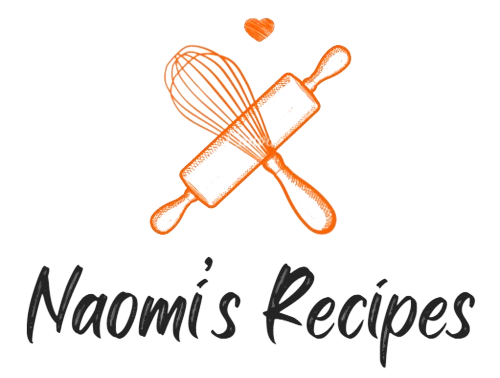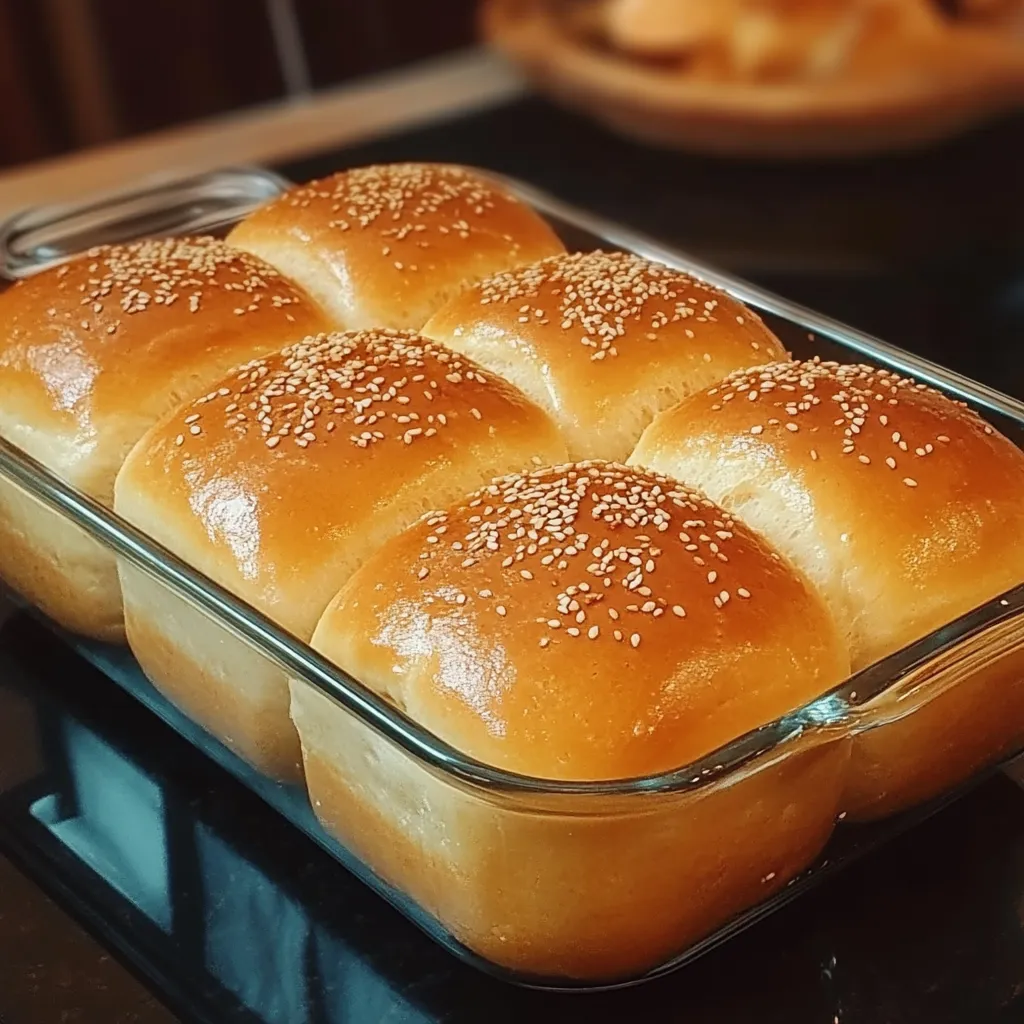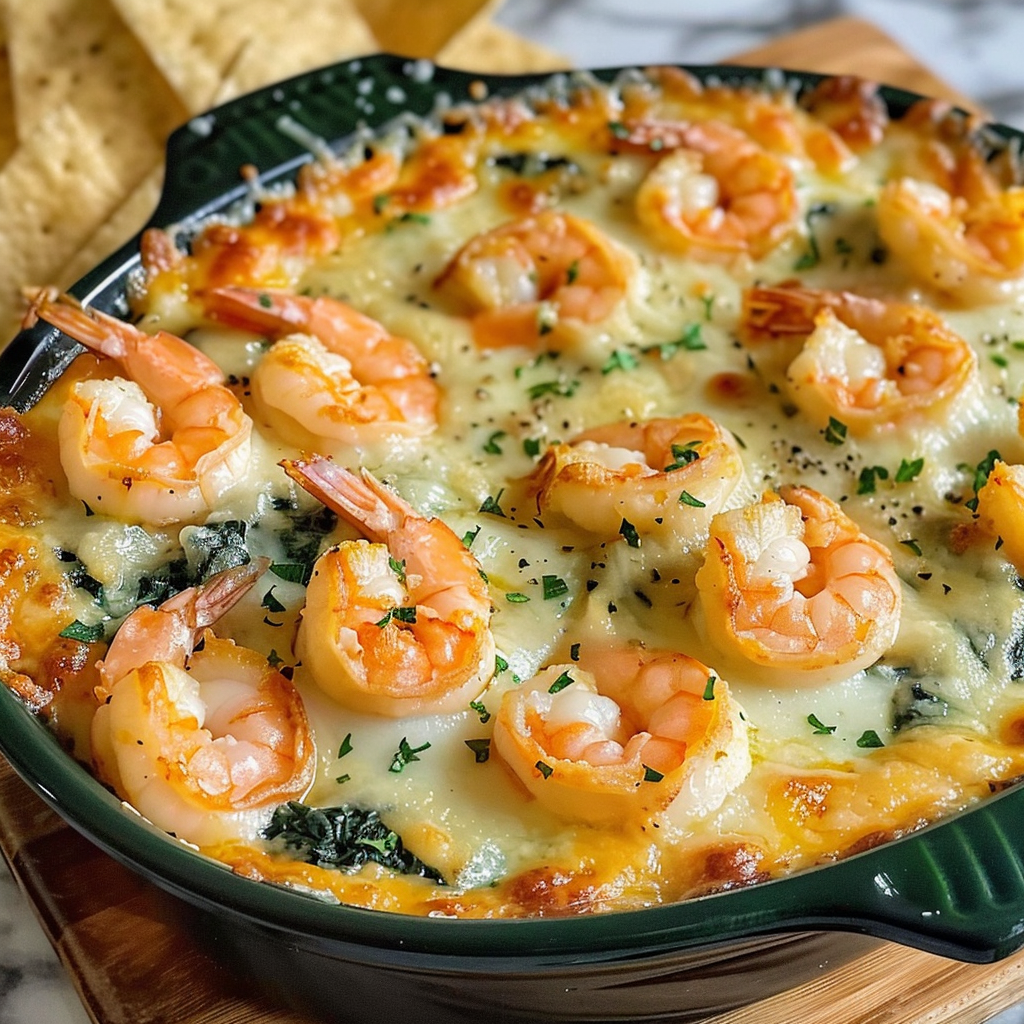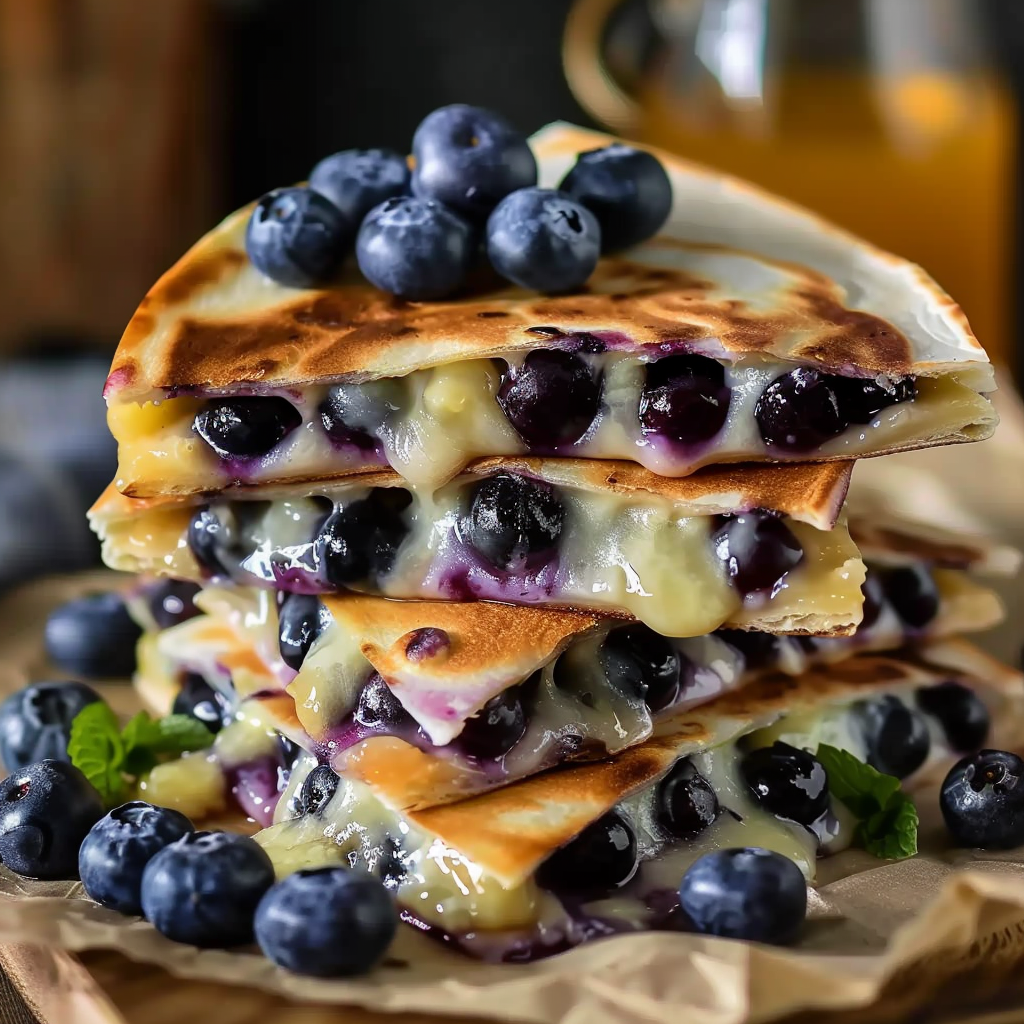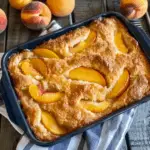Ingredients You’ll Need:
Tangzhong (flour paste):- 3 tablespoons bread flour
- ½ cup water
- ½ cup milk
- 2½ cups bread flour
- 3 tablespoons sugar
- 2 teaspoons instant yeast
- 1 teaspoon salt
- ½ cup warm milk
- 1 large egg
- ¼ cup unsalted butter, softened
STEP 1: Make the Tangzhong
Start by making your tangzhong. In a small saucepan, whisk together 3 tablespoons of bread flour, ½ cup water, and ½ cup milk over medium heat. Keep stirring constantly to prevent any lumps. In about 3–5 minutes, the mixture will thicken into a smooth paste—similar in texture to pudding or a roux. Once thickened, remove the pan from the heat and let it cool to room temperature. This step is important because adding hot tangzhong directly into your dough could affect the yeast activity. The tangzhong is what helps this bread stay ultra soft and fluffy, so don’t skip it—it’s the key to getting that perfect texture.STEP 2: Mix the Dough
In a large mixing bowl, combine the cooled tangzhong, 2½ cups bread flour, 3 tablespoons sugar, 2 teaspoons instant yeast, 1 teaspoon salt, ½ cup warm milk, and 1 large egg. Stir everything together until a shaggy dough begins to form. You can use a stand mixer with a dough hook for this, or mix it by hand if you’re up for a little workout. Either way, the goal here is just to bring all the ingredients together into a cohesive dough before moving on to kneading.
STEP 3: Knead Until Smooth and Elastic
Kneading is essential for developing gluten, which gives your bread structure and stretch. Knead the dough for about 10 minutes, either by hand on a floured surface or with your mixer on medium speed. It should become smooth, slightly tacky, and elastic. At this stage, you’re building the foundation for that soft, pillowy texture milk bread is known for.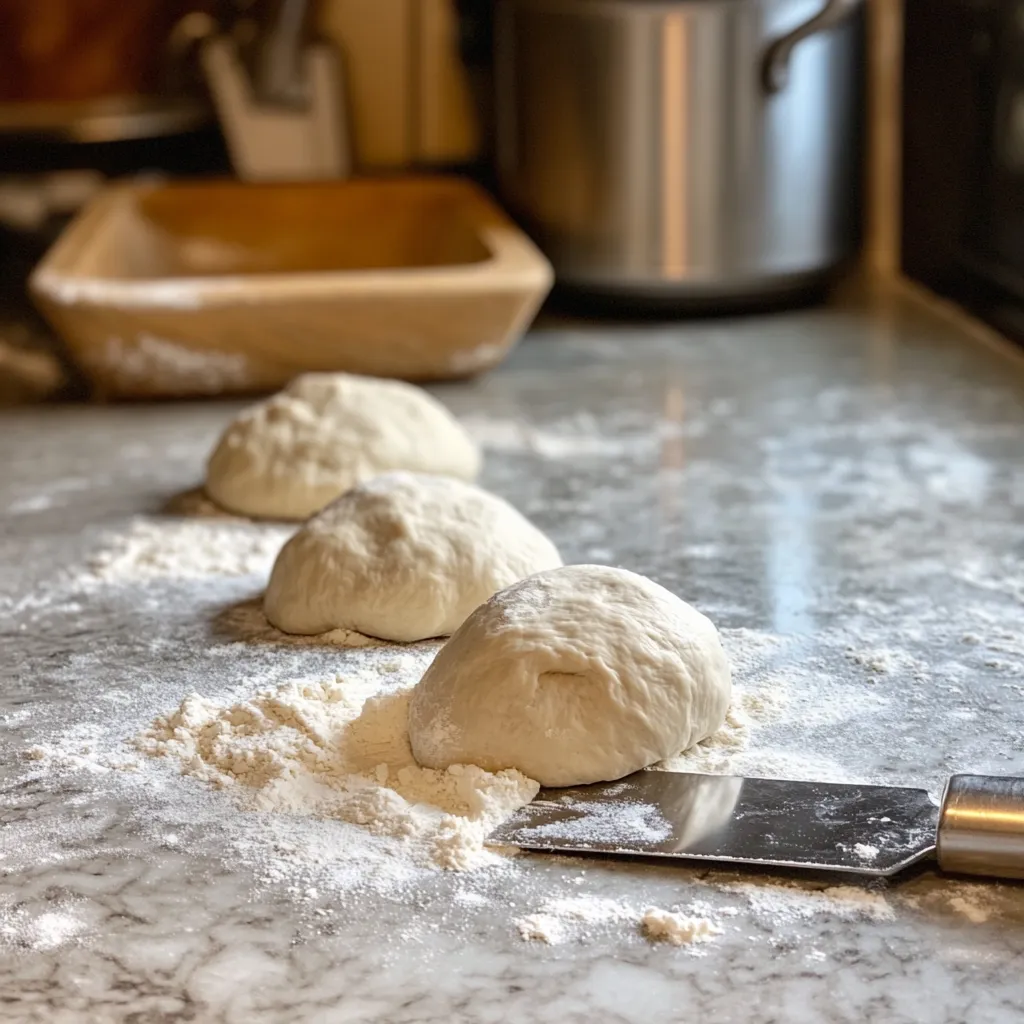
STEP 4: Add the Butter and Knead Again
Now, it’s time to add the softened butter. Don’t worry if it seems like it won’t incorporate at first—just keep kneading. As the butter blends in, the dough will become silkier and more elastic. This can take another 10–15 minutes of kneading, but the result should be a dough that’s smooth and passes the “windowpane test”—where you can stretch a small piece of dough until it’s thin enough to see light through it without tearing. Once you reach that point, you’re ready to move on to the first rise.Shaping and Baking the Perfect Soft Milk Bread
With your dough fully kneaded and smooth as silk, it’s time to move on to the next stage—letting it rise, shaping it, and baking it into that soft, golden loaf that’s as beautiful as it is delicious. If this is your first time working with enriched bread dough, don’t worry. It’s very forgiving and easy to handle, especially after the first rise. Once you get the hang of shaping and rolling, you’ll find this part just as satisfying as pulling the fresh loaf out of the oven. One of the best things about this soft milk bread recipe is how it bakes up into a light, airy texture with just enough structure to make it perfect for everything from breakfast toast to sandwiches. Let’s keep going and bring this bread to life.STEP 5: First Rise
Once your dough is perfectly kneaded, place it in a lightly greased bowl, turning it once so it’s coated on all sides. This helps prevent a crust from forming as it rises. Cover the bowl with plastic wrap or a clean towel and let it rise in a warm spot for 1 to 2 hours, or until it has doubled in size. Rising time can vary depending on the temperature of your kitchen, so don’t rush it. The dough should feel puffy and airy when it’s ready for the next step. Pro Tip: If your kitchen is on the cooler side, place the bowl in a turned-off oven with the light on. It creates a gentle warmth that helps the dough rise more consistently.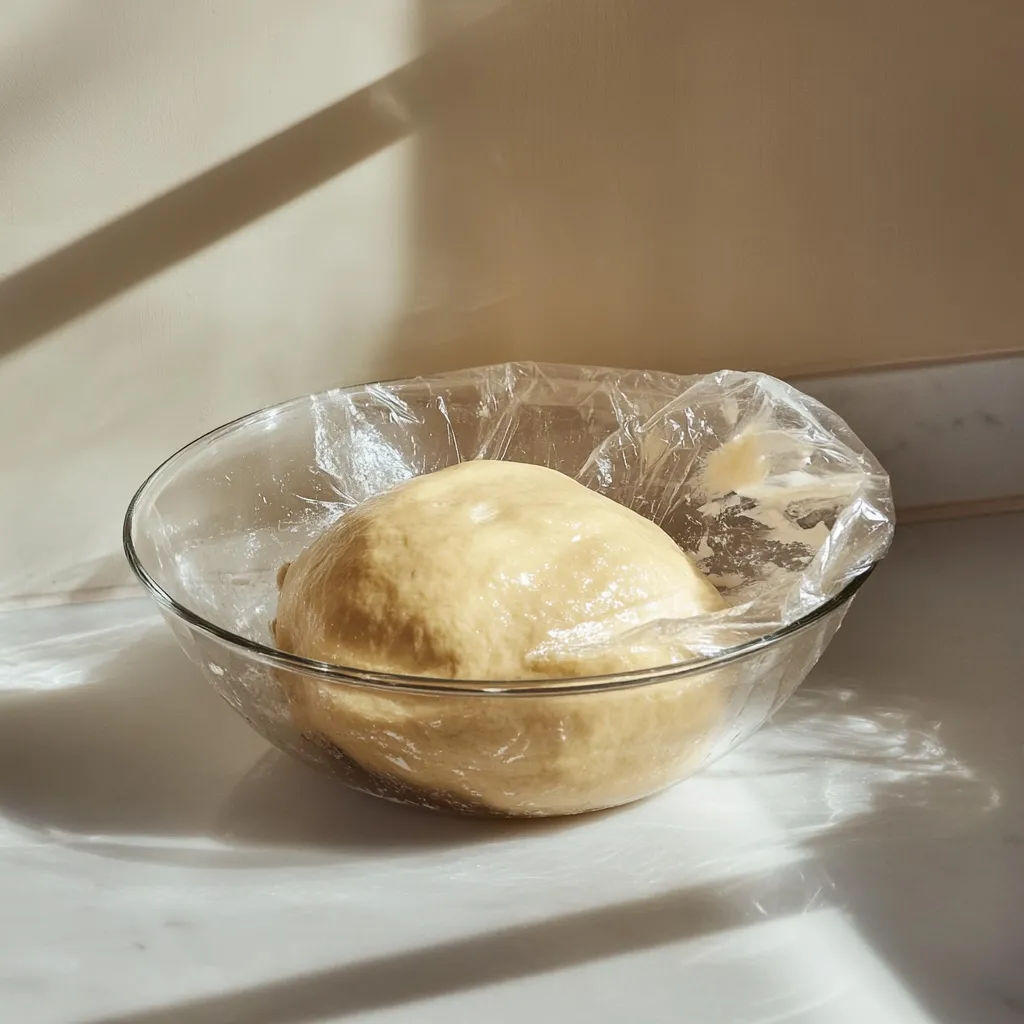
STEP 6: Divide and Rest
After the dough has doubled, gently punch it down to release any trapped air. Turn it out onto a lightly floured surface and divide it into three equal pieces. Roll each piece into a ball and cover them with a towel to rest for about 15 minutes. This short resting period helps relax the gluten, making it easier to roll out and shape the dough in the next step.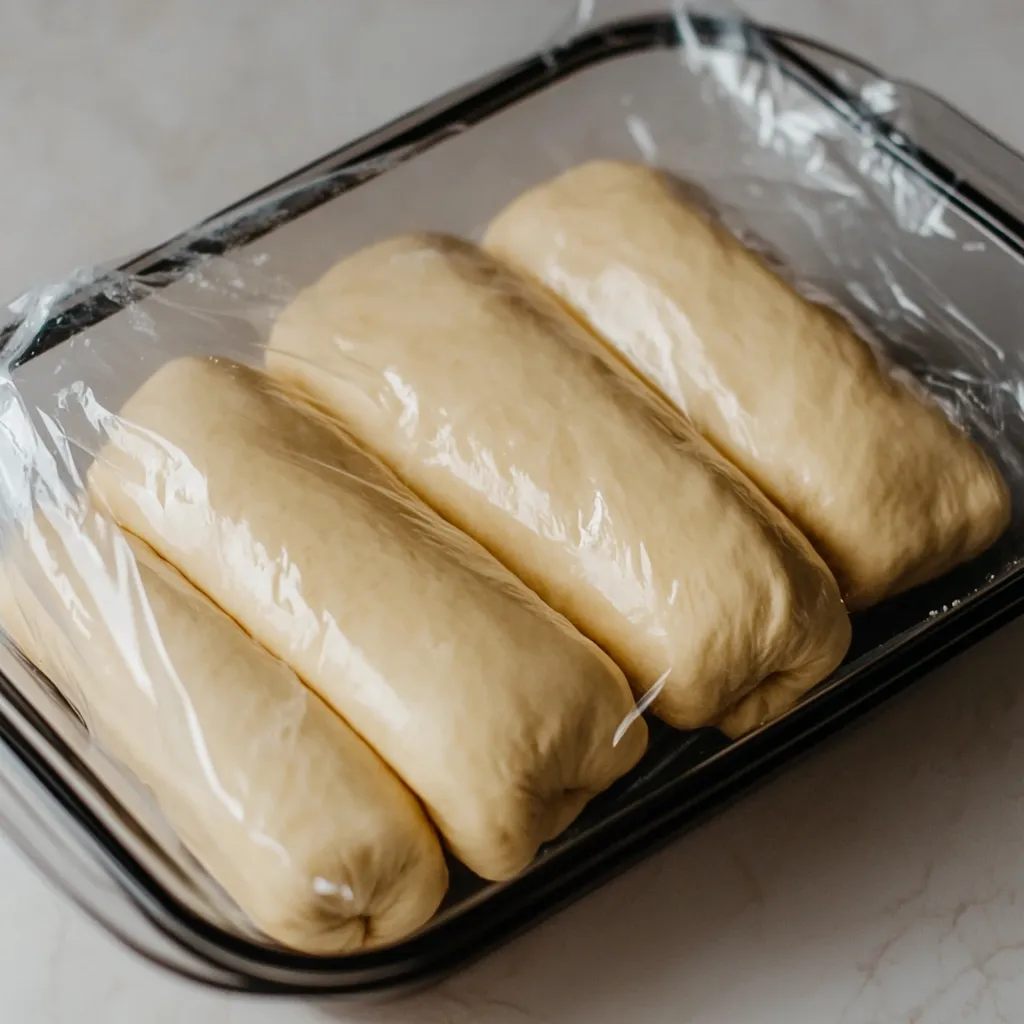
STEP 7: Roll and Shape
Working with one dough ball at a time, roll it out into a long oval shape (about 6 to 8 inches in length). Fold the sides inward lengthwise—like folding a letter—then roll it up tightly into a log. This folding technique gives the bread its signature fluffy layers and helps it bake into a high, rounded loaf. Repeat with the remaining dough balls, then place all three logs seam-side down into a greased loaf pan. They should sit snugly side by side but still have a little room to expand.
STEP 8: Second Rise
Now it’s time for the final proof. Cover the loaf pan loosely with plastic wrap or a towel, and let the dough rise again in a warm place for 45 to 60 minutes, or until the dough is puffy and nearly doubled in size. The tops of the logs should be just reaching the top edge of the pan or slightly above it. This second rise is key to getting that soft, airy texture and beautiful domed top.STEP 9: Bake to Golden Perfection
When your dough is ready, preheat your oven to 350°F (175°C). Once preheated, place the loaf on the center rack and bake for 30 to 35 minutes, or until the top is golden brown and the loaf sounds hollow when tapped. You can also insert a thermometer into the center—it should read around 190°F (88°C) when fully baked. If the top starts to brown too quickly, you can loosely tent it with foil during the last 10 minutes of baking to prevent it from getting too dark. As the bread bakes, your kitchen will fill with the warm, slightly sweet aroma that makes homemade milk bread so irresistible.STEP 10: Cool Before Slicing
Once baked, remove the loaf from the oven and let it cool in the pan for 10 minutes. Then transfer it to a wire rack to cool completely. This step is important because slicing too early can cause the steam inside to make the bread gummy. Once cooled, slice into the softest, fluffiest bread you’ve ever made. Enjoy it plain, toasted with butter, or even as the base for a next-level French toast.Fun Variations to Try:
Once you’ve mastered the basic Soft Milk Bread recipe, the possibilities for customizing it are nearly endless. This dough is incredibly versatile, which means you can easily add flavors or fillings to suit your taste or occasion. Here are a few delicious ideas to get you started:1. Sweet Condensed Milk Swirl
Before rolling each dough portion into a log, spread a thin layer of sweetened condensed milk over the surface. It adds an extra layer of sweetness and a creamy texture once baked.2. Chocolate Chip Milk Bread
Gently knead in a handful of mini chocolate chips after the first rise. They melt slightly as the bread bakes and create delightful little pockets of chocolate throughout the loaf.3. Cinnamon Sugar Roll
Brush each rolled-out oval with melted butter and sprinkle generously with cinnamon sugar before rolling into logs. It’s like a soft, fluffy version of a cinnamon roll in loaf form.4. Savory Cheese Twist
Skip the sugar in the dough and sprinkle shredded cheese (like cheddar or mozzarella) inside each oval before rolling. You can even add herbs like garlic powder or parsley for extra flavor.5. Matcha Milk Bread
Add 1–2 teaspoons of matcha powder to the flour mixture before kneading for a subtle green tea flavor and a beautiful light green hue.Helpful Tips for Perfect Milk Bread:
To make sure your milk bread turns out soft, fluffy, and picture-perfect every time, keep these tips in mind:Use Bread Flour for Best Texture
Bread flour has a higher protein content than all-purpose flour, which helps develop the gluten structure needed for that elastic, airy crumb.Knead Until You Get the Windowpane Effect
The dough should stretch thin enough to see light through it without tearing. This means the gluten is well-developed, giving the bread its soft, chewy texture.Be Patient with the Rise
If your kitchen is cool, rising might take longer than an hour. That’s okay—wait until the dough has doubled rather than going strictly by time. It makes a big difference in the final texture.Avoid Over-Baking
Keep an eye on your loaf in the last 5–10 minutes. You want the top golden brown, but not too dark. An overbaked loaf can lose its softness.Let the Bread Cool Completely
This one’s hard—especially with the smell filling your kitchen—but slicing too soon can cause the loaf to collapse or feel gummy. Give it at least 30 minutes on a wire rack before cutting.
Soft Milk Bread FAQ and Final Thoughts:
You’ve kneaded, shaped, and baked your way to a beautiful loaf of soft milk bread—and now it’s time to slice, enjoy, and maybe (definitely) start thinking about when you’re making your next one. This bread has a way of disappearing quickly, and once you’ve tried a warm slice with a pat of butter, you’ll understand why. Before we wrap up, let’s go over a few frequently asked questions. Whether you’re new to tangzhong or looking for ways to adapt the recipe, these quick answers will help you make the most of every loaf.1. What is tangzhong, and why is it important?
Tangzhong is a cooked flour and liquid mixture that helps create a soft, fluffy texture in bread. It locks in moisture and extends the bread’s shelf life. It’s a simple step that makes a big difference in the final result.2. Can I use all-purpose flour instead of bread flour?
You can, but the texture may be slightly less chewy and structured. Bread flour has more protein, which helps with gluten development and gives milk bread its soft, stretchy crumb.3. How do I know if the dough has been kneaded enough?
The dough should be smooth, elastic, and able to stretch without tearing. You can use the “windowpane test”: stretch a small piece of dough between your fingers. If it forms a thin, translucent sheet without ripping, it’s ready.4. Can I make this bread without a stand mixer?
Yes! It takes more effort, but hand-kneading works just fine. Expect to knead for 15–20 minutes in total—just be patient, and your hard work will pay off.5. How should I store the finished loaf?
Store it in an airtight container or plastic bag at room temperature for up to 3 days. For longer storage, slice and freeze the loaf—then reheat slices as needed.6. Can I add sweetened condensed milk to the dough?
Absolutely. You can swap out part of the sugar and milk in the dough for 2–3 tablespoons of sweetened condensed milk for added richness and flavor. Just reduce the sugar slightly to keep it balanced.7. Can I make this recipe dairy-free?
To make a dairy-free version, use plant-based milk and a dairy-free butter alternative. Keep in mind that flavor and texture may vary slightly, but the tangzhong method still helps keep the bread soft.Conclusion: Why This Milk Bread Recipe Belongs in Your Baking Rotation
Soft milk bread isn’t just another loaf—it’s a baking experience that brings comfort, joy, and a sense of accomplishment. From the pillowy texture to the subtle sweetness, this bread is perfect for both everyday use and special occasions. Toast it for breakfast, layer it into sandwiches, or serve it as a side with dinner—it’s incredibly versatile. And thanks to the tangzhong technique, the bread stays fresh longer than typical homemade loaves, making it even more practical for weekly baking. Once you’ve made it once, it’ll quickly become a go-to in your kitchen. If you tried this recipe, I’d love to hear how it turned out. Did you add condensed milk? Try a filling? Shape it differently? Leave a comment and share your variation. Happy baking—and enjoy every soft, fluffy bite! Print
How to Make Soft Milk Bread with Condensed Milk
- Total Time: 4 hrs includes rising time
Description
This soft, fluffy milk bread uses the tangzhong method for an ultra-tender texture, enriched with sweetened condensed milk for a hint of sweetness. Perfect for breakfast, sandwiches, or to enjoy on its own.
Ingredients
Tangzhong:
-
3 tbsp bread flour
-
½ cup water
-
½ cup milk
Dough:
-
2½ cups bread flour
-
3 tbsp sugar
-
2 tsp instant yeast
-
1 tsp salt
-
½ cup warm milk
-
1 large egg
-
¼ cup unsalted butter, softened
-
2 tbsp sweetened condensed milk (optional, for richer flavor)
Instructions
1️⃣ Make the tangzhong: In a small saucepan, whisk together 3 tbsp bread flour, ½ cup water, and ½ cup milk. Cook over medium heat, stirring constantly, until it thickens into a smooth paste. Remove from heat and let cool to room temperature.
2️⃣ Prepare the dough: In a large mixing bowl, combine the cooled tangzhong, 2½ cups bread flour, 3 tbsp sugar, 2 tsp instant yeast, 1 tsp salt, ½ cup warm milk, 1 egg, and 2 tbsp sweetened condensed milk (if using). Mix until a rough dough forms.
3️⃣ Knead: Knead the dough by hand or mixer for about 10 minutes until it becomes smooth and elastic.
4️⃣ Incorporate butter: Add the softened butter and knead for another 10–15 minutes until fully incorporated and the dough passes the windowpane test.
5️⃣ First rise: Transfer the dough to a greased bowl. Cover and let it rise in a warm place for 1–2 hours, or until doubled in size.
6️⃣ Shape the dough: Punch down the dough and divide into 3 equal parts. Shape each into a ball, cover, and rest for 15 minutes.
7️⃣ Roll and shape: Roll out each ball into an oval, fold the sides inward, then roll into a tight log. Place all 3 logs seam-side down into a greased loaf pan.
8️⃣ Second rise: Cover and let the dough rise again for 45–60 minutes, or until puffy and nearly doubled in size.
9️⃣ Bake: Preheat the oven to 350°F (175°C). Bake for 30–35 minutes or until the top is golden brown and the loaf sounds hollow when tapped.
🔟 Cool: Let cool in the pan for 10 minutes, then transfer to a wire rack to cool completely before slicing.
Notes
-
For a shiny crust, brush the top with milk or egg wash before baking.
-
Sweetened condensed milk adds extra softness and sweetness but is optional.
- Prep Time: 25 min
- Cook Time: 35 min
